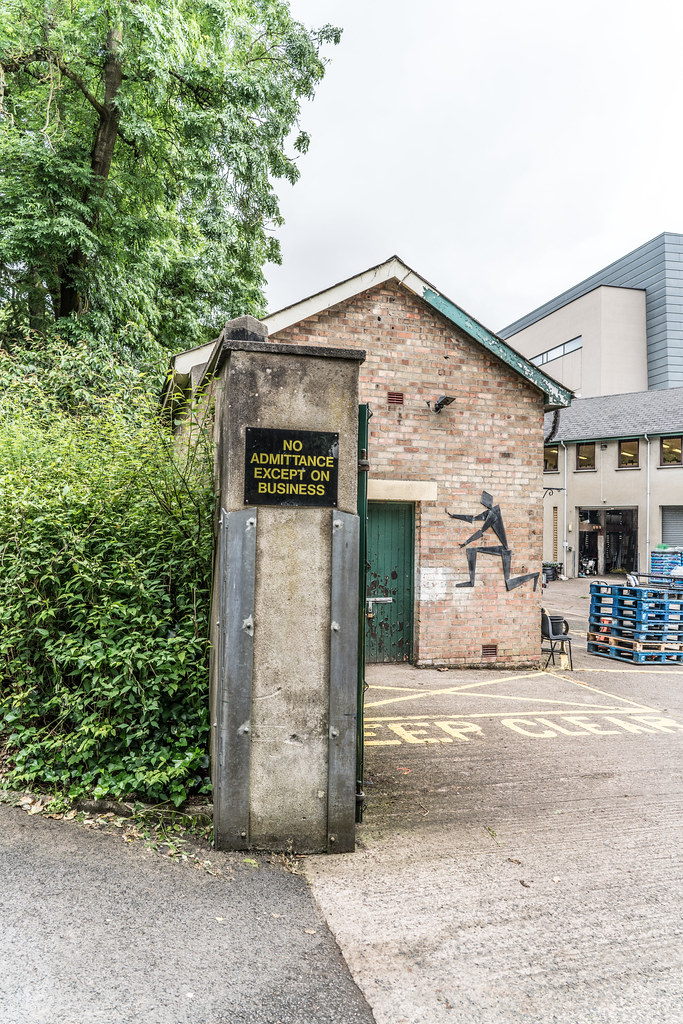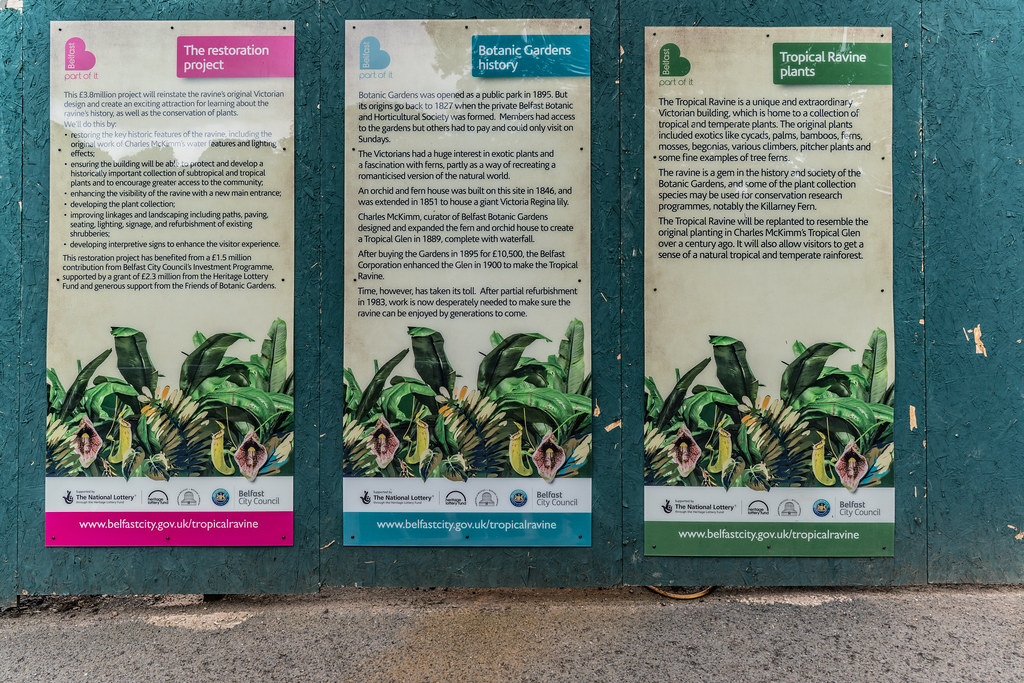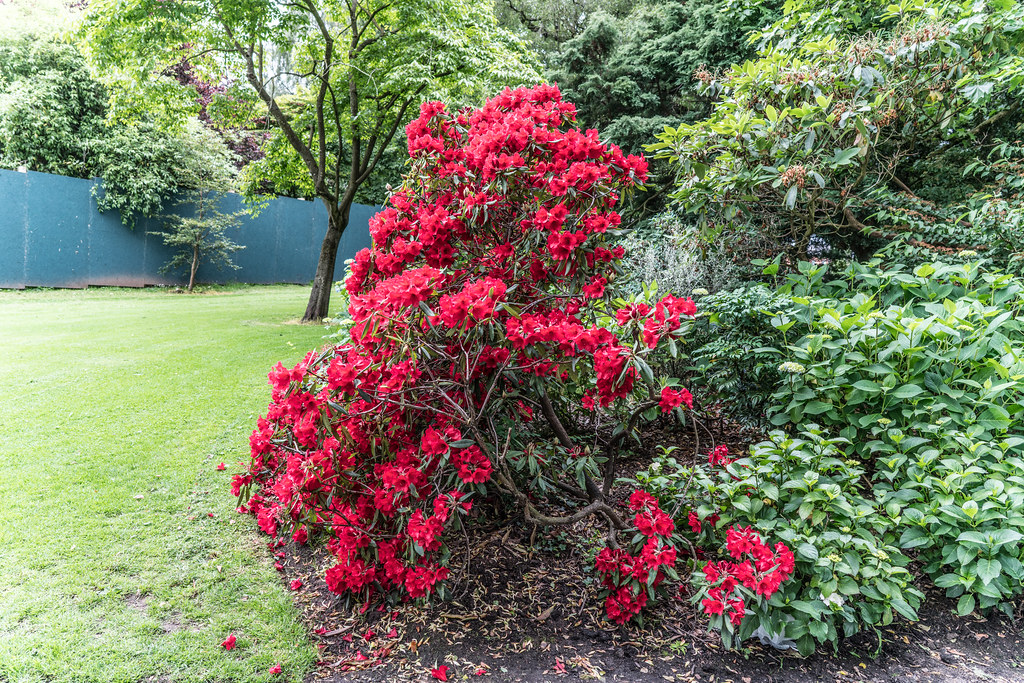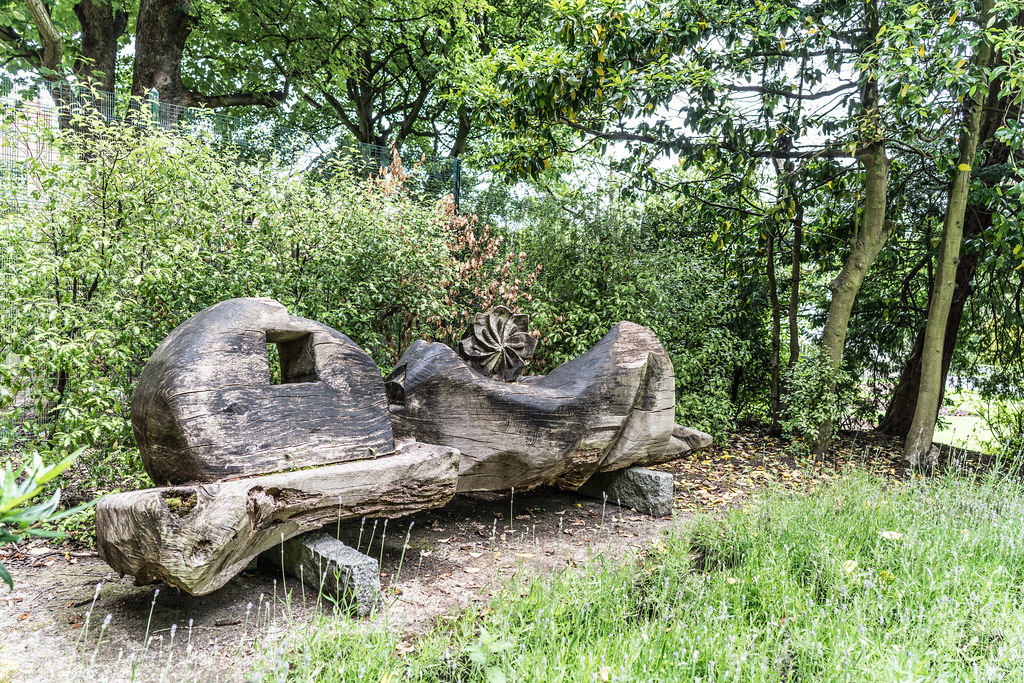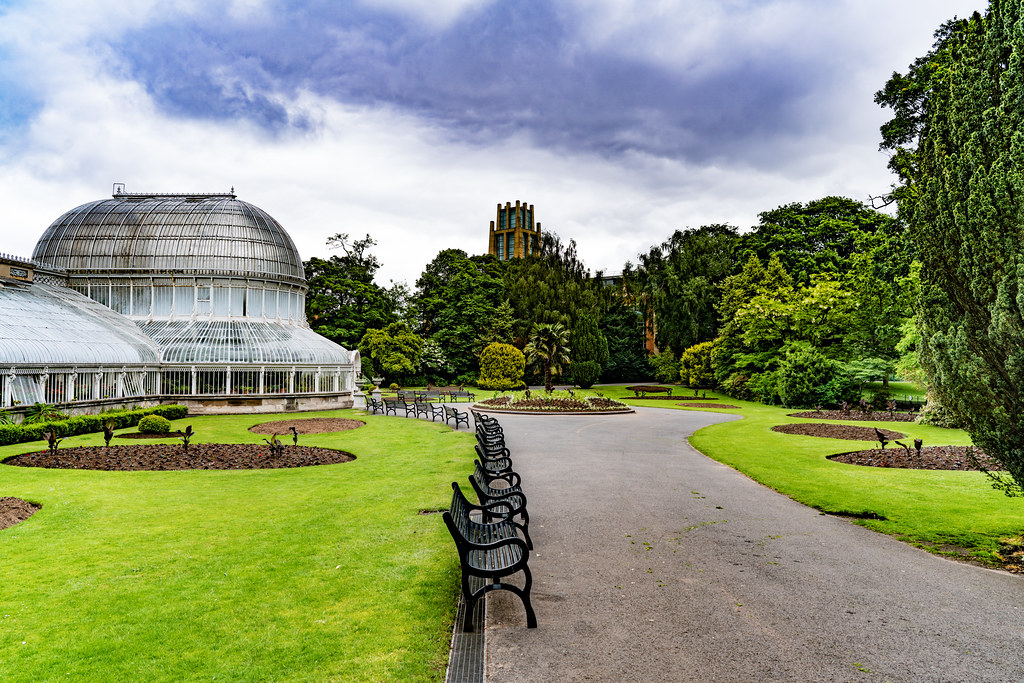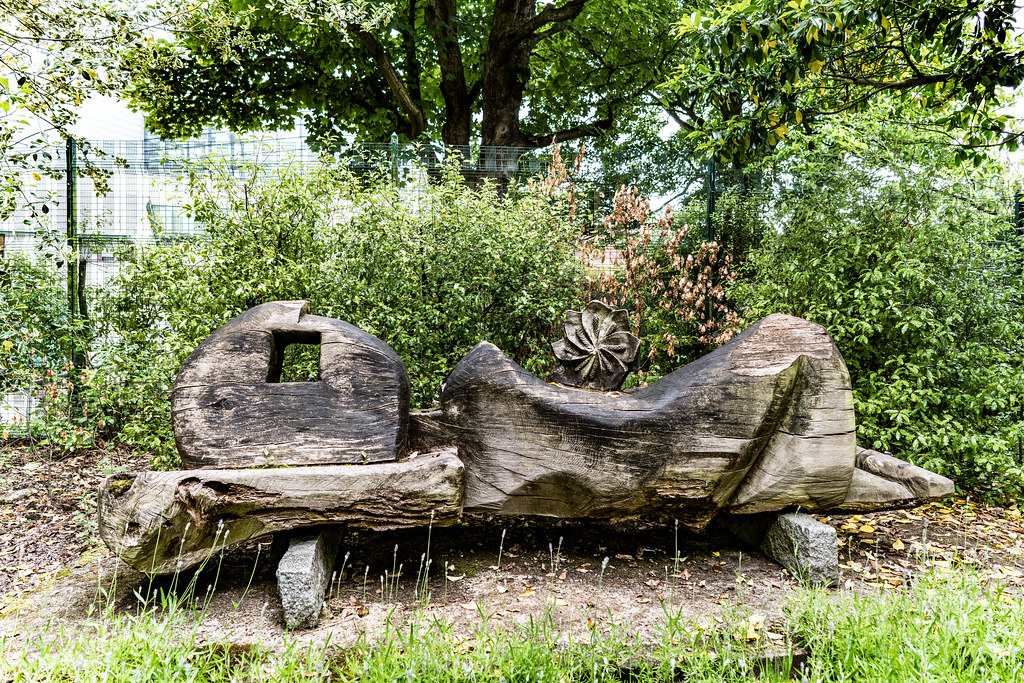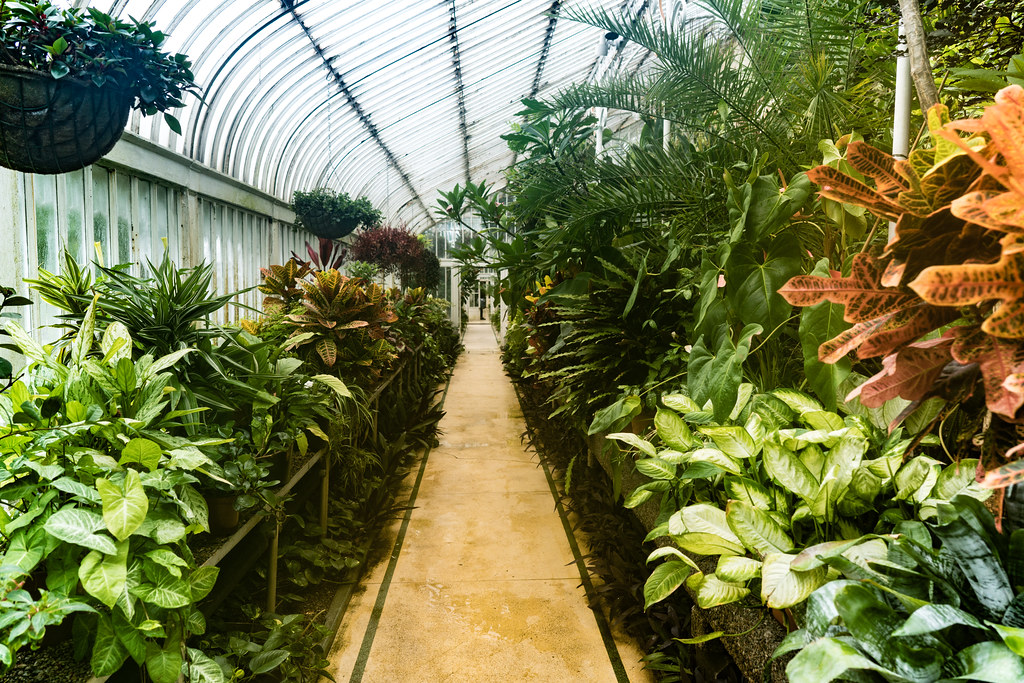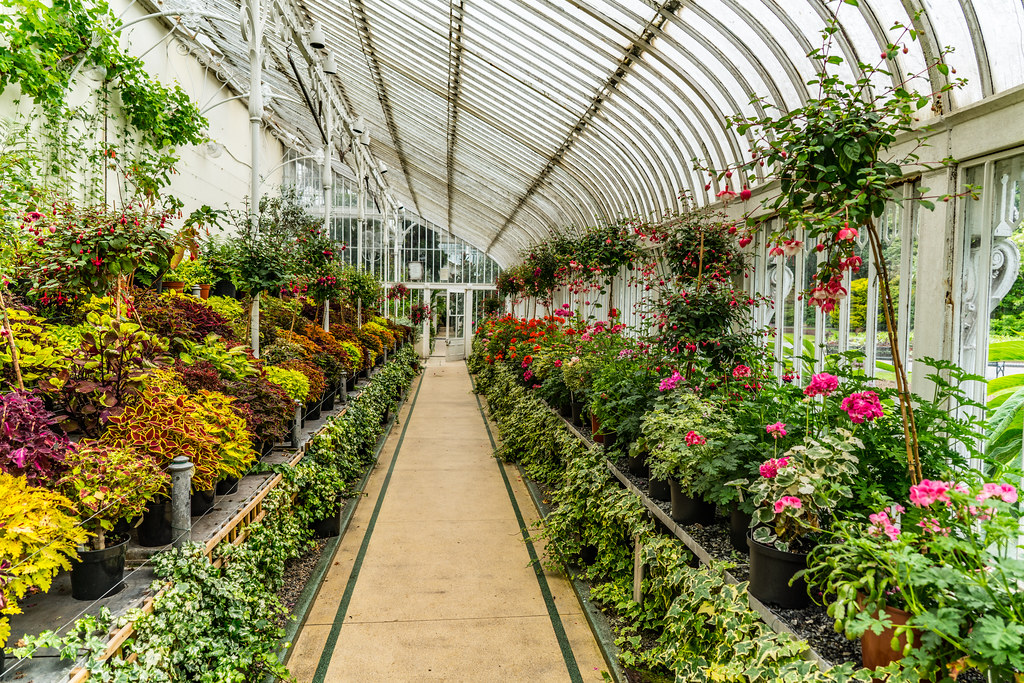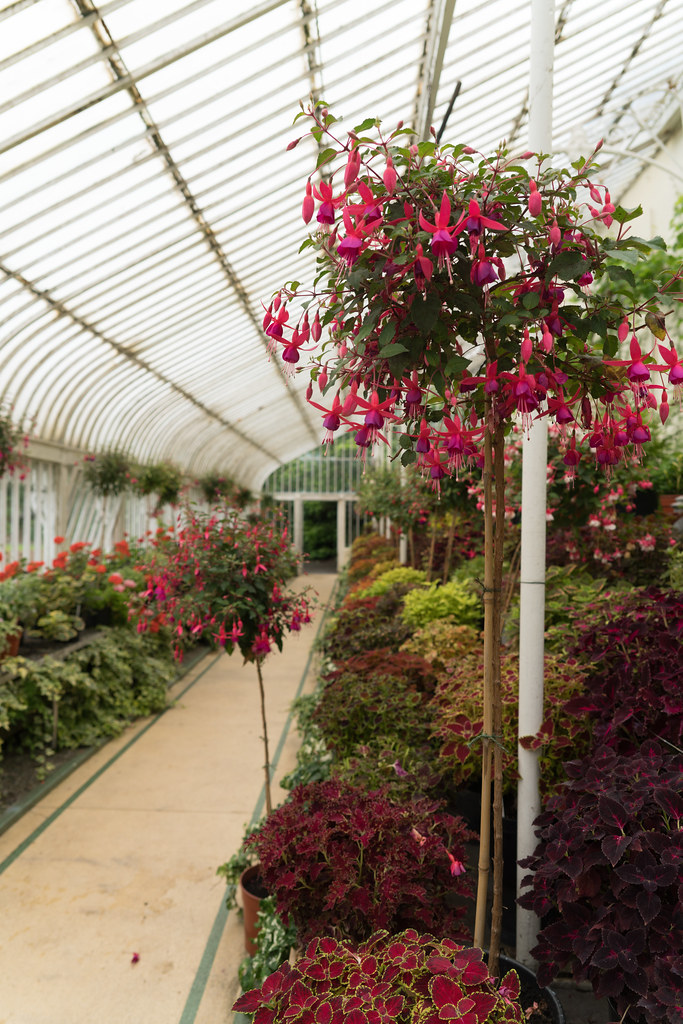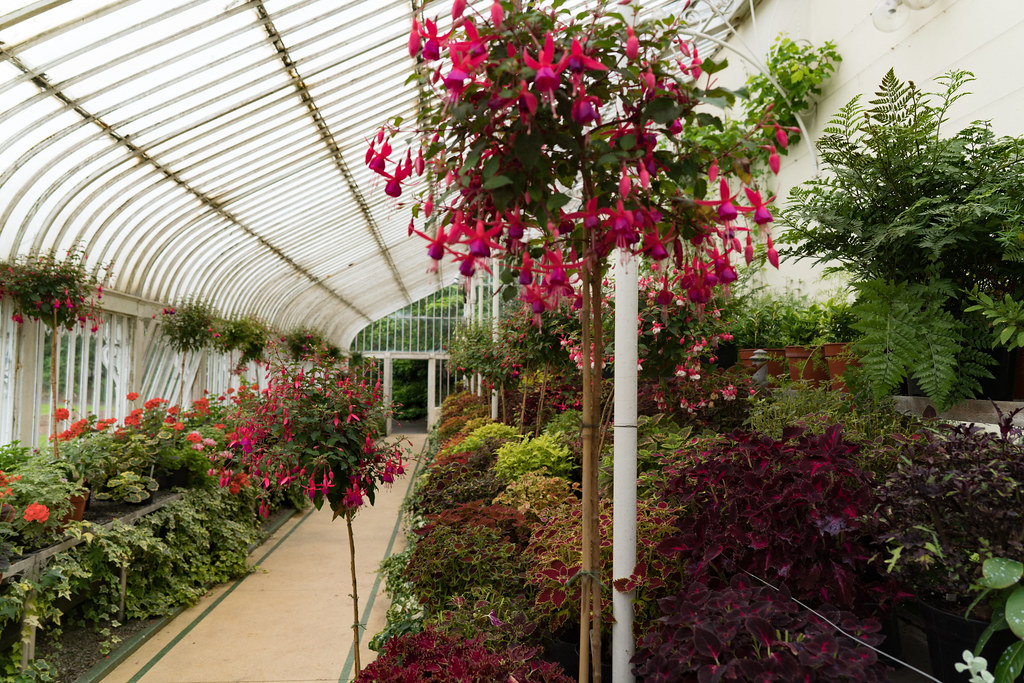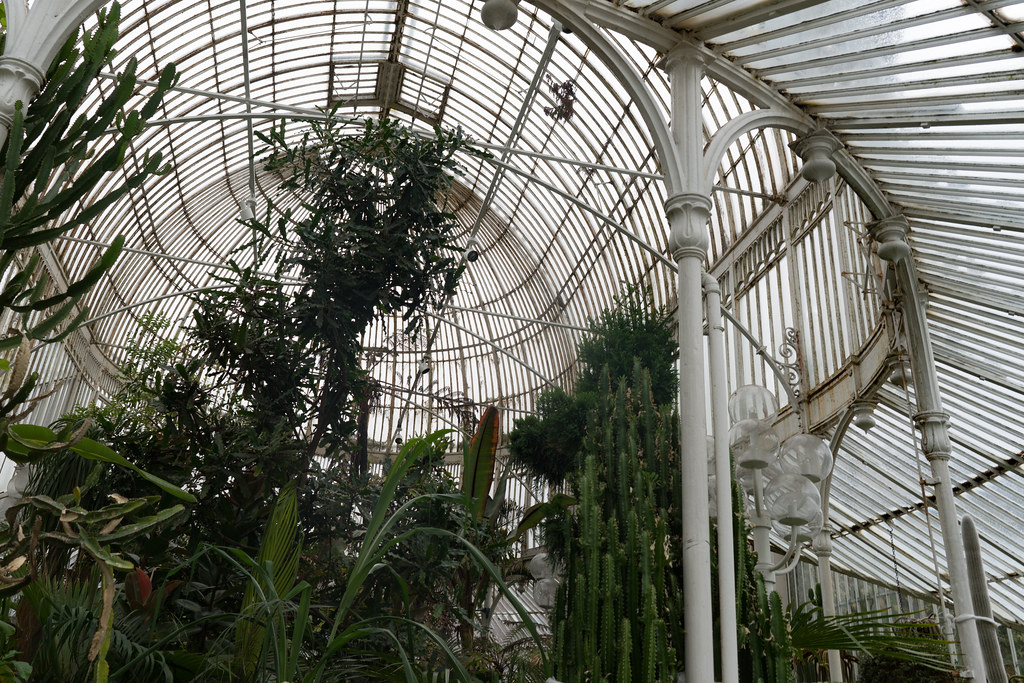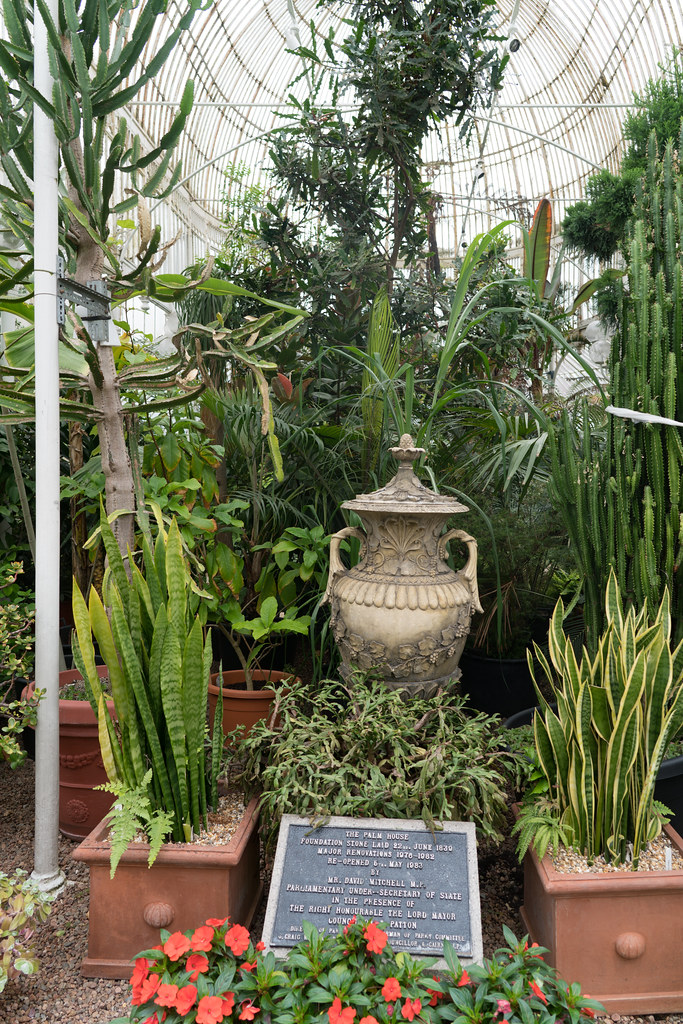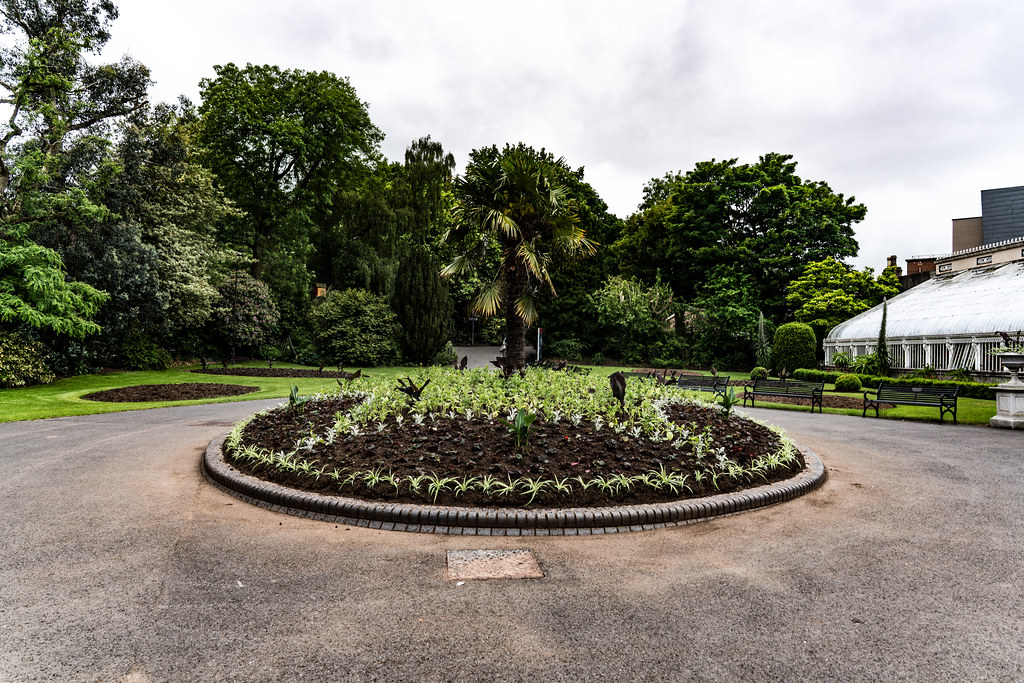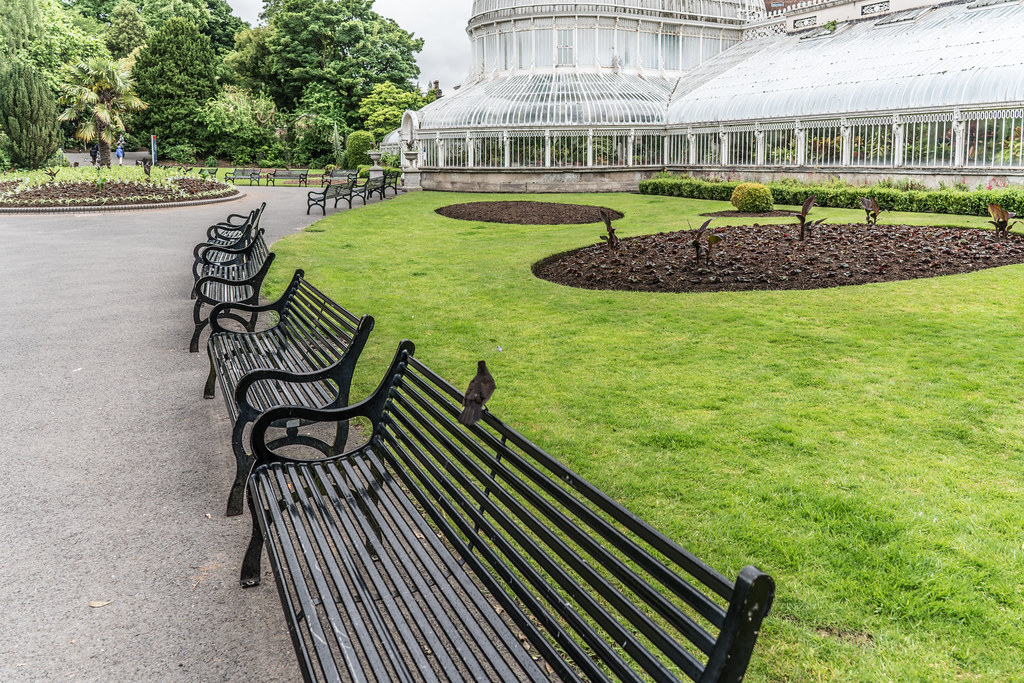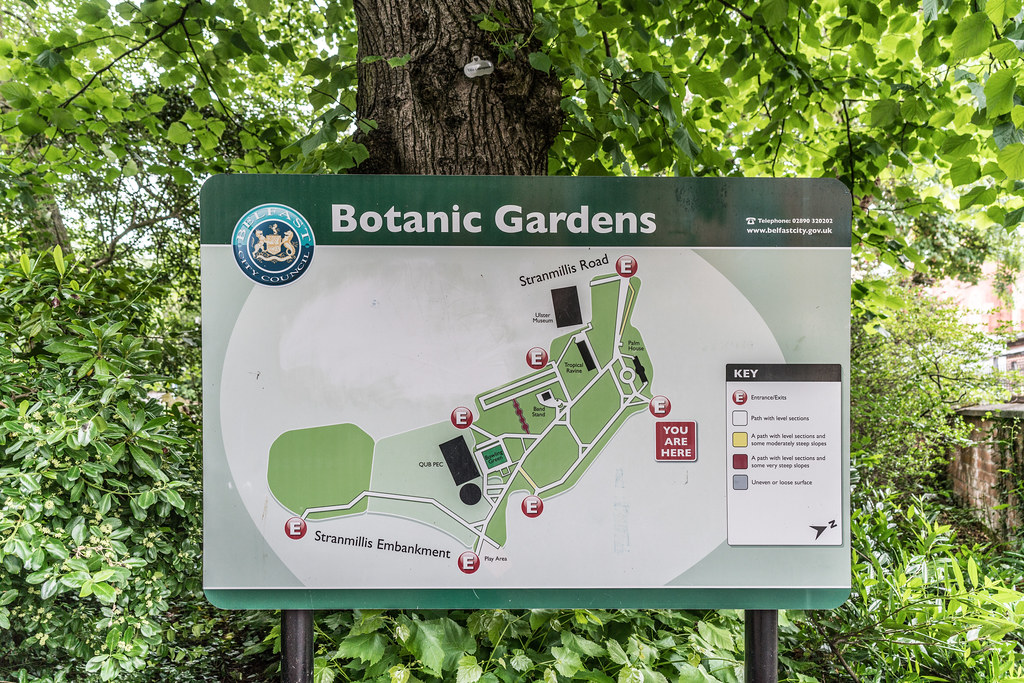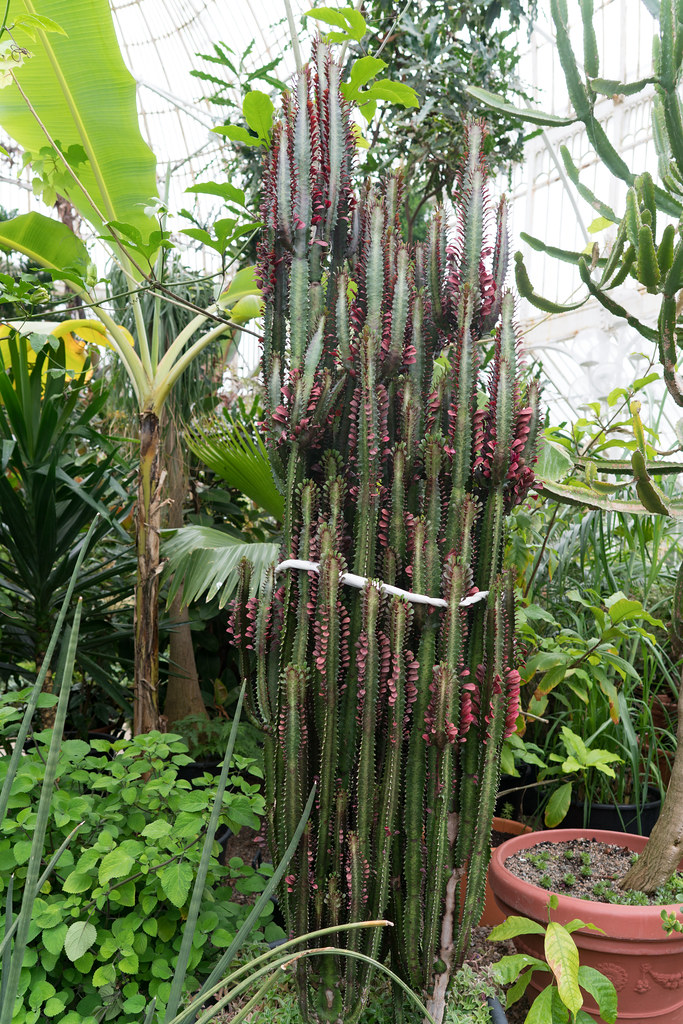
Custom Search
THE GREEN MENU OPTIONS ARE MOBILE FRIENDLY AND ARE FASTER SO THEY ARE RECOMMENDED. THE RED MENU OPTIONS ARE SOMEWHAT SLOWER DEPENDING ON YOUR DEVICE OR BROWSER AND ARE MORE SUITABLE FOR DESKTOPS AND LAPTOPS. THE BLUE OPTIONS ARE PAGE LINKS AND WILL BE PHASED OUT GOING FORWARD
2016 VISIT TO THE BOTANIC GARDENS IN BELFAST
I always considered the Botanic Gardens in Belfast to be a bit like the People’s Park in Limerick but with an interesting old glasshouse that is not in the best of condition. The People’s Park in Limerick includes a beautiful victorian fountain and an identical fountain was located in the Belfast Botanic Gardens but it is now located in Victoria Square at the centre of Belfast.
Occupying 28 acres (110,000 m2) of south Belfast, the gardens are popular with office workers, students and tourists. They are located on Stranmillis Road in Queen's Quarter, with Queen's University nearby. The Ulster Museum is located at the main entrance.
The gardens opened in 1828 as the private Royal Belfast Botanical Gardens. It continued as a private park for many years, only opening to members of the public on Sundays prior to 1895. Then it became a public park in 1895 when the Belfast Corporation bought the gardens from the Belfast Botanical and Horticultural Society. The Belfast Corporation was the predecessor of Belfast City Council, the present owner.
The gardens' most notable feature is the Palm House conservatory. The foundation stone was laid by the Marquess of Donegall in 1839 and work was completed in 1840. It is one of the earliest examples of a curvilinear cast iron glasshouses in the world. Designed by Charles Lanyon and built by Richard Turner, Belfast's Palm House predates the glasshouses at Kew and the Irish National Botanic Gardens at Glasnevin, both of which Turner went on to build. The Palm House consists of two wings, the cool wing and the tropical wing. Lanyon altered his original plans to increase the height of the latter wing's dome, allowing for much taller plants. In the past these have included an 11 metre tall Globe Spear Lily. The lily, which is native to Australia, finally bloomed in March 2005 after a 23 year wait. The Palm House also features a 400-year-old Xanthorrhoea .
The gardens contain another glasshouse, the Tropical Ravine House. Built by head gardener Charles McKimm in 1889, it features a unique design. A sunken ravine runs the length of the building, with a balcony at each side for viewing. The most popular attraction is the Dombeya, which flowers every February.
I have never gained access to the Tropical Ravine House and due to construction work it will be closed to the public until early 2017.
Occupying 28 acres (110,000 m2) of south Belfast, the gardens are popular with office workers, students and tourists. They are located on Stranmillis Road in Queen's Quarter, with Queen's University nearby. The Ulster Museum is located at the main entrance.
The gardens opened in 1828 as the private Royal Belfast Botanical Gardens. It continued as a private park for many years, only opening to members of the public on Sundays prior to 1895. Then it became a public park in 1895 when the Belfast Corporation bought the gardens from the Belfast Botanical and Horticultural Society. The Belfast Corporation was the predecessor of Belfast City Council, the present owner.
The gardens' most notable feature is the Palm House conservatory. The foundation stone was laid by the Marquess of Donegall in 1839 and work was completed in 1840. It is one of the earliest examples of a curvilinear cast iron glasshouses in the world. Designed by Charles Lanyon and built by Richard Turner, Belfast's Palm House predates the glasshouses at Kew and the Irish National Botanic Gardens at Glasnevin, both of which Turner went on to build. The Palm House consists of two wings, the cool wing and the tropical wing. Lanyon altered his original plans to increase the height of the latter wing's dome, allowing for much taller plants. In the past these have included an 11 metre tall Globe Spear Lily. The lily, which is native to Australia, finally bloomed in March 2005 after a 23 year wait. The Palm House also features a 400-year-old Xanthorrhoea .
The gardens contain another glasshouse, the Tropical Ravine House. Built by head gardener Charles McKimm in 1889, it features a unique design. A sunken ravine runs the length of the building, with a balcony at each side for viewing. The most popular attraction is the Dombeya, which flowers every February.
I have never gained access to the Tropical Ravine House and due to construction work it will be closed to the public until early 2017.
SORRY FOR THE DELAY
